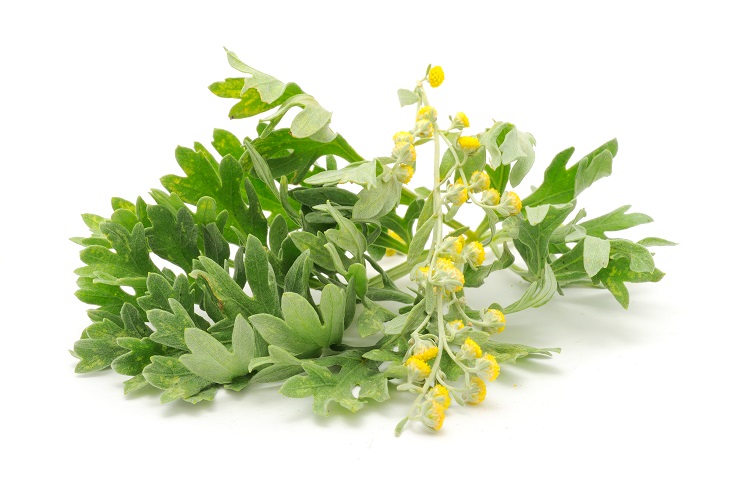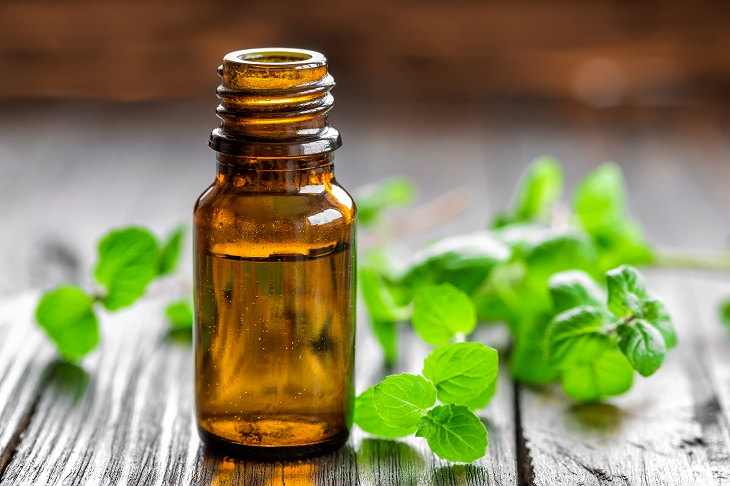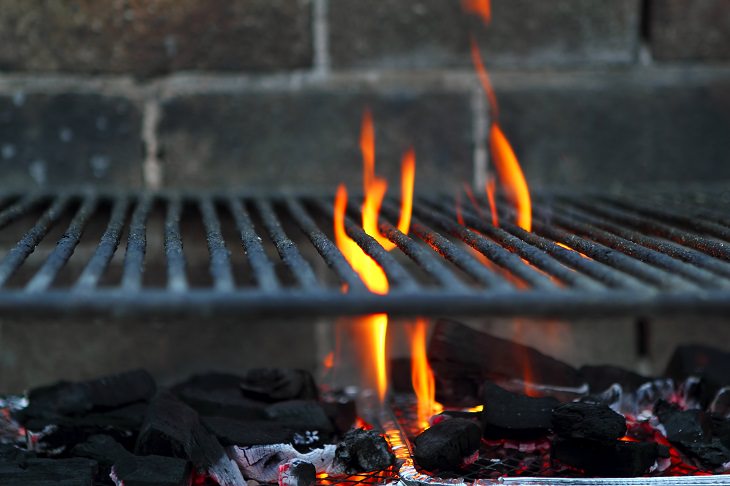
We’ve all had our late-summer barbecues ruined by wasps, and you’ve probably wondered how you can keep these pesky critters away from your home. These uninvited guests can become extremely aggressive when aggravated, leaving you vulnerable to their painful sting.
While a few wasps in your yard may be nothing more than a slight nuisance, an infestation can pose a real hazard, especially if you or someone else is allergic to their stings. Below you’ll find 5 home remedies for keeping wasps away from your home and 3 home remedies for getting rid of their nests successfully.
How to Keep Wasps Away

The wormwood plant is a boxy shrub that is perfect for keeping wasps at bay. You can plant this shrub around the border of your house or patio for a wasp-free zone. A word of caution though, wormwood contains absinthe, which is highly toxic, so you should avoid planting other plants around it, and make sure it is never ingested.
2. Use Fresh Cucumbers
If you don’t want to use harsh chemicals around your home, you can use fresh cucumbers to ward off these pesky insects. To achieve this, cut a fresh cucumber into slices and place them in a single layer on an aluminum pie dish. Put a couple of these dishes around the perimeter of your houses. This works as a wasp repellent because the cucumber reacts with the aluminum, giving off a chemical smell that wasps hate.
3. Sugar Water Wasp Traps
Sugar water is a tempting treat for wasps. Make sugar water traps and hang them in areas where you have seen wasps gathering. The wasps fly into the container to get a tasty treat, but then they’re not able to escape again. Follow the instructions below to make a sugar water trap.
What You’ll Need
• 1-2-liter plastic bottle
• ½ cup sugar
• 2 cups water
• Two tablespoons vegetable oil
• 1 short piece of string
Method
1. Cut the neck off a two-liter plastic bottle.
2. Remove the cap, and flip the bottle upside down. Put the neck of the bottle into opening that you just made.
3.Tape the pieces together using duct tape.
4. Pour the two cups of water and ½ cup of sugar into the bottle.
5. Rub the vegetable oil along the sides and edges of the trap. This is what prevents the wasps from escaping as they’re unable to get a good grip to climb out.
6. Using the short piece of string, tape it to top of the bottle and hang it in an area where wasps tend to gather.

Wasps seem to hate any type of mint. Therefore, using peppermint oil as natural repellent is a great way to keep all sorts of pests like spiders, flies, and wasps from ruining your outdoor space. To utilize this wasp repellent, simply soak cotton pads with the oil and place them around the exterior of your house. Target areas where wasps like to build their nests and places where you have found their nests in the past.
5. Make a Duct Tape Wasp Nest Decoy
Wasps are territorial creatures and will avoid any area where there is already a nest. Therefore, to keep these pests away from your summer barbecues, you can create a decoy nest using duct tape. To do so, follow the instructions below:
What You’ll Need
• 6-inch foam rubber football
• A roll of duct tape
• Black marker or paint
• A short piece of wire
Method
1. Wrap duct tape around the foam football in a layered, spiral pattern.
2. Poke a hole about ½ inch deep into the end of the football.
3. Paint the inside of the hole with black paint or marker to give it the appearance of greater depth.
4. Attach the wire to the other end of the football.
5. Hang this decoy wherever you have seen wasps.
Getting Rid of Wasp Nests
1. Soap and Water
This is an eco-friendly way to remove wasps from around your home. An added bonus is that you don’t have to purchase expensive items to complete the task. Add two tablespoons of liquid dish soap to a spray bottle with warm water. Spray this solution directly onto the hanging nests. The soap clogs the breathing pores of the wasps, causing them to die quickly.

Light a fire in your barbecue grill and place it just below the nest. Allow the smoke to rise for an hour so that it can penetrate the nest, suffocating the wasps and forcing them to flee. When you’re confident that the nest is empty, you can carefully knock it down using a stick or other long object.
3. Drown Aerial Nests
This risk of getting stung is high here, so this should not be done if you’re allergic to wasp stings. When using this method, it’s important that you wear some sort of protective clothing. The best time to complete this job is at night when the wasps will be less active and their reaction times are slower.
To drown aerial nests, you’ll need to place a cloth bag carefully over the whole nest, and quickly seal off the top of the bag. Place the bag in a bucket of warm water, and leave it submerged for 30 minutes.
Source: tipsbulletin
Images: depositphotos